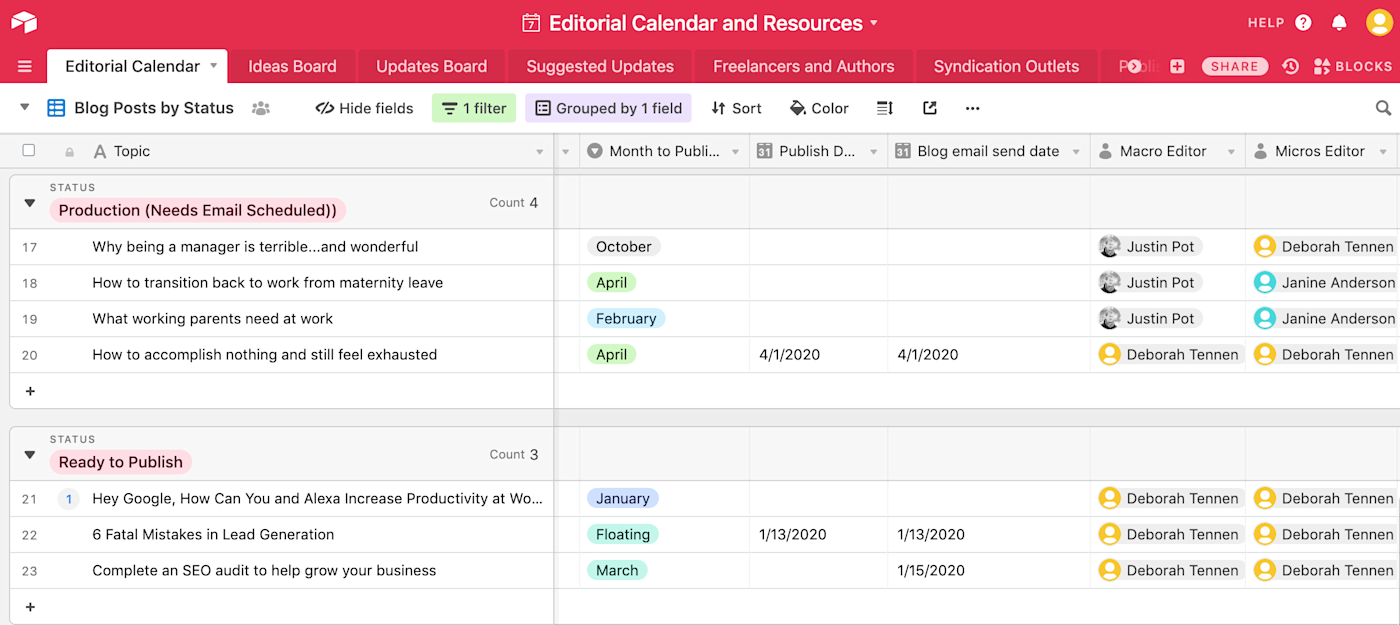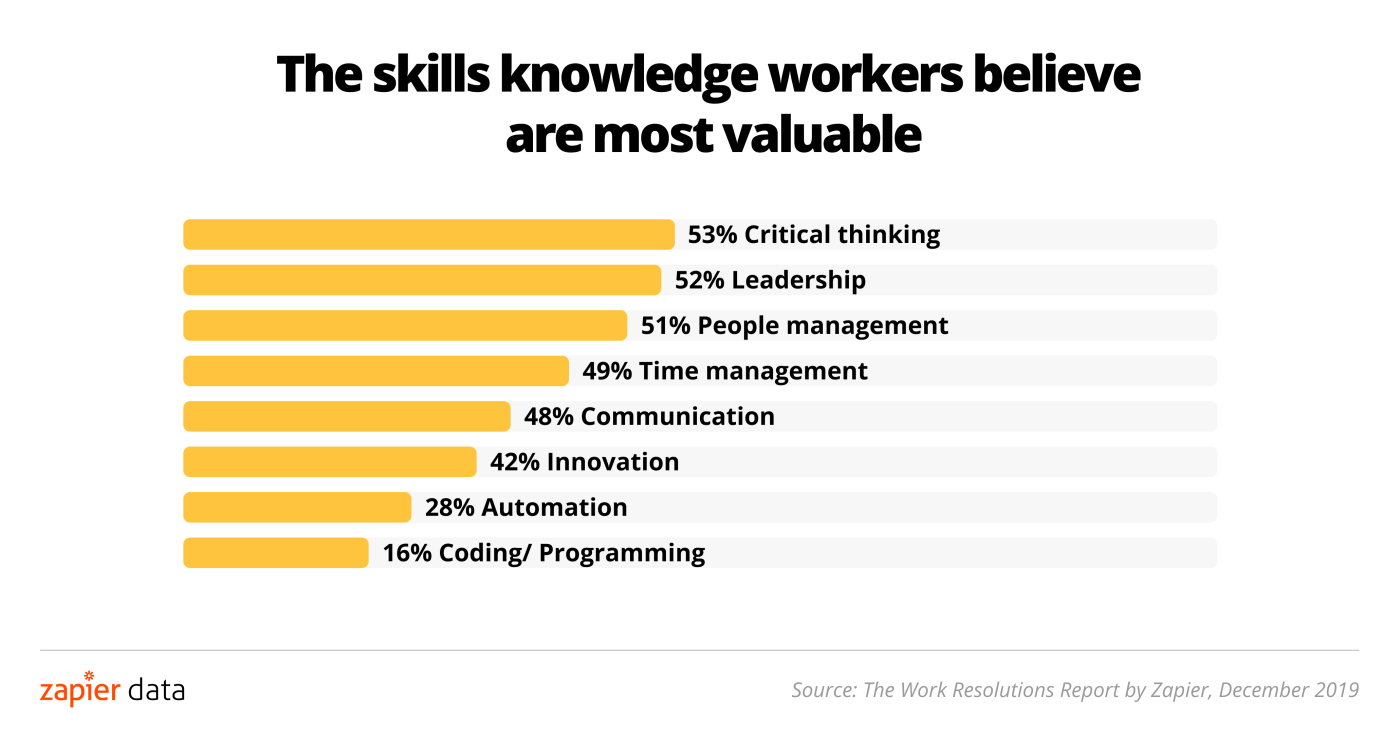I've been called a Computer Person, but I have no idea what I'm doing. I worked in technical support, for years, with no qualifications whatsoever. I basically Googled things for money.
If a computer came in with a virus, I'd run a scan. Sometimes that would fix it, sometimes I'd get an error code instead. I'd Google the error code; invariably I'd find someone else who'd run into the problem before, usually posting in a forum. I'd try whatever it was that helped them, and that would almost always fix it.
There were very few problems I couldn't solve this way. This is the secret Computer People are hiding: there is no secret. Think of what you want to do, then experiment to see if the software you're currently using supports that. If you don't see anything that helps, Google it.
That's really it. You don't need a degree in computer science to get more out of technology—all you need is a computer and the willingness to experiment. At this point, two-year-olds routinely figure out how to use an iPad. It's just a matter of being willing to explore and make mistakes.
Experimenting is the best way to learn
I've written about technology professionally for just over a decade now. That means learning how to use apps, quickly, so I can do things like compile a list of the best to-do list apps or explain how to stop spam phone calls.
I'm no more qualified to do this than you are. I'm just very willing to experiment.
If I'm trying a to-do list, for example, I will add a bunch of tasks and try to organize them. I'll sort by date, then by priority. I'll look up the keyboard shortcuts or gestures, then try out all of them. I'll try using each one as my primary to-do list for a couple of days and notice what works and what doesn't.
That's the only way to learn how to use an app: use it.
I do the same thing while learning to use software for work. The Zapier editorial team uses Airtable to manage our editorial calendar, but I'd never used the app before starting here. I spent a few hours clicking around, learning what every button did. I was confused more than once—it's a powerful application and there's a lot of buttons to click.

But ultimately it got me to learn the app. What once felt alien to me now feels familiar, but only because I took the time to explore.
I use this approach for everything. If I'm trying a photo editing tool, I will open a photo and try to make some kind of specific change, like switching someone's eye color. I'll explore every single menu item, trying anything that sounds like it might accomplish what I'm attempting. I'll also try out features I don't recognize, just to see what happens. I'll dig through the settings of the application, changing things to see if I like it better.
It's not about knowing how things work, or reading every manual. It's about experimenting. Trying things out just for the heck of it, then learning what's useful along the way.
There is nothing to be afraid of
The thought of pressing random buttons in an app you don't know might terrify you. It shouldn't.
The thing to keep in mind is that the stakes are very low. You're not going to hurt anyone by trying things out. This is different from, say, driving a car, where mistakes are potentially life-threatening. For some reason, people feel more anxious about clicking random buttons on their computer than they do about hurtling at breakneck speeds in a metal box on wheels. It doesn't make sense.
For some reason, people feel more anxious about clicking random buttons on their computer than they do about hurtling at breakneck speeds in a metal box on wheels.
Nothing terrible will happen if you press the wrong button, and pretty much anything you do can be fixed by tapping "Undo" or hitting Ctrl+Z on the keyboard. Realizing this is the first step to feeling comfortable experimenting with technology, and experimenting is how you learn to use new apps and programs.
Automation is just like any other technology
Earlier this year, we released the Work Resolutions Report by Zapier. It showed that 28 percent of American knowledge workers want to learn automation in 2020—nearly twice the number that wanted to learn coding.

Automation offers a lot of power, which can be intimidating. But it's just like any other technology: the only way to learn how to use it is to experiment.
Everyone at Zapier does a two-hour support shift every week—this includes our executive team, and it also includes bloggers like yours truly. I can't tell you how often someone writing in to Zapier support says that they're "not really a computer person," only for their Zaps (our term for automations) to be thoughtful, complex, and straight-up inspiring. I've seen people from every walk of life—realtors, students, retirees—build fascinating automations, over time, by simple experimentation. I've been inspired by this, and try to take a similar approach. I think of something I want to accomplish, then experiment until it works for me.
For example: I sometimes forget to follow up on Slack conversations, particularly if I read them on mobile. So I set up a Zap that adds starred Slack messages to my to-do list, where I'm more likely to follow up on them. Eventually, I fine-tuned that system, changing how such items are tagged in my to-do app. Later I added a due date.
Over time I've become more ambitious. I've always wanted to be the sort of person who journals regularly, but I have a hard time motivating myself. I figured if a blank journal entry appeared in Ulysses, my writing app of choice, I'd be more likely to actually write something. So I set up a Zap that creates a template for a journal entry every morning. I've since tweaked it to pull in the weather and even a quote of the day. This week I added to it so it pulls in all of my archived Pocket articles and all the tweets I've liked, giving me a few writing prompts.
My point: I don't see any of my Zaps as static. I iterate on them, experimenting as I go. It's the best way to learn how to get more out of the platform. Sometimes they break while I'm tweaking them, which is annoying. But those failures are the main way I learn how to build things that are better.
Take the time to explore. Click any buttons that look like they might be helpful. Change settings just to see what happens. Google any terms you don't understand. You'll be surprised how much you can figure out.
You might break something, but you will for sure learn something.





